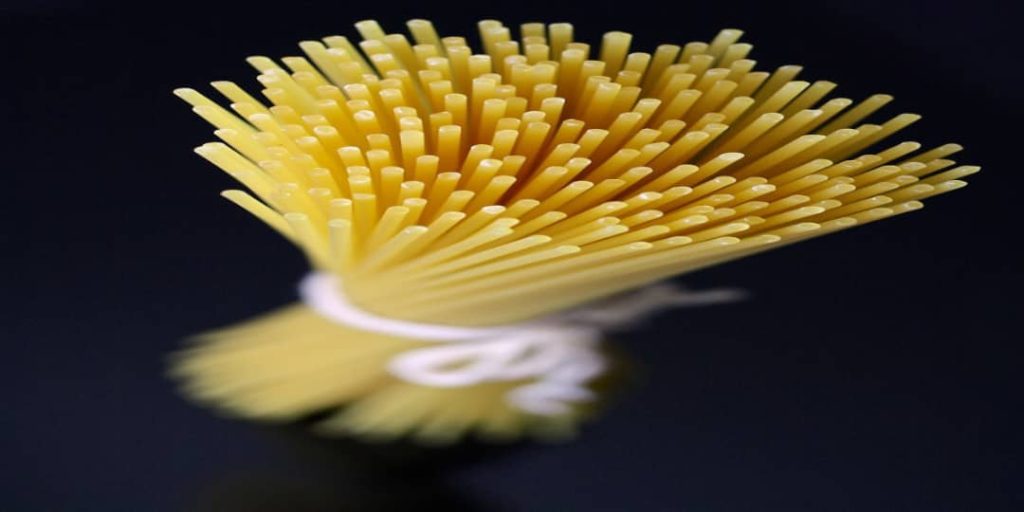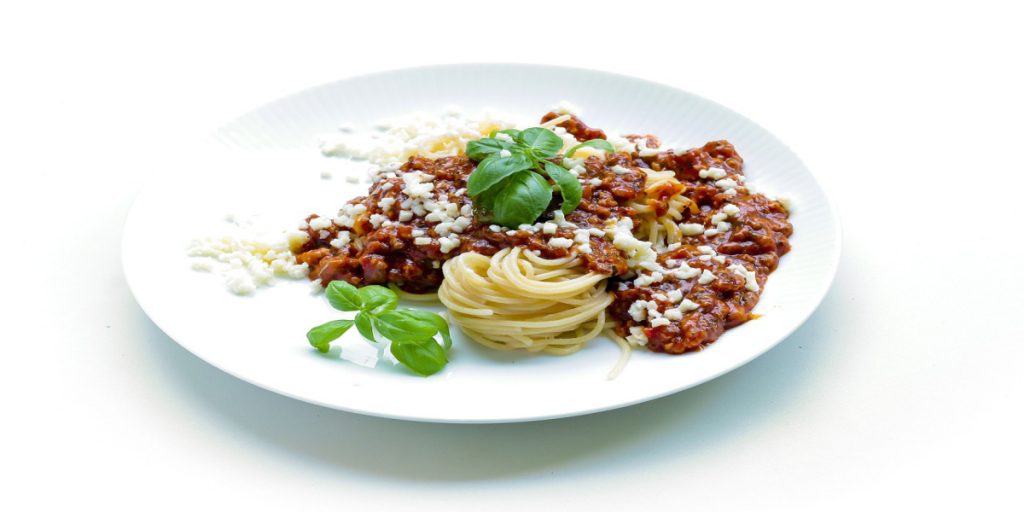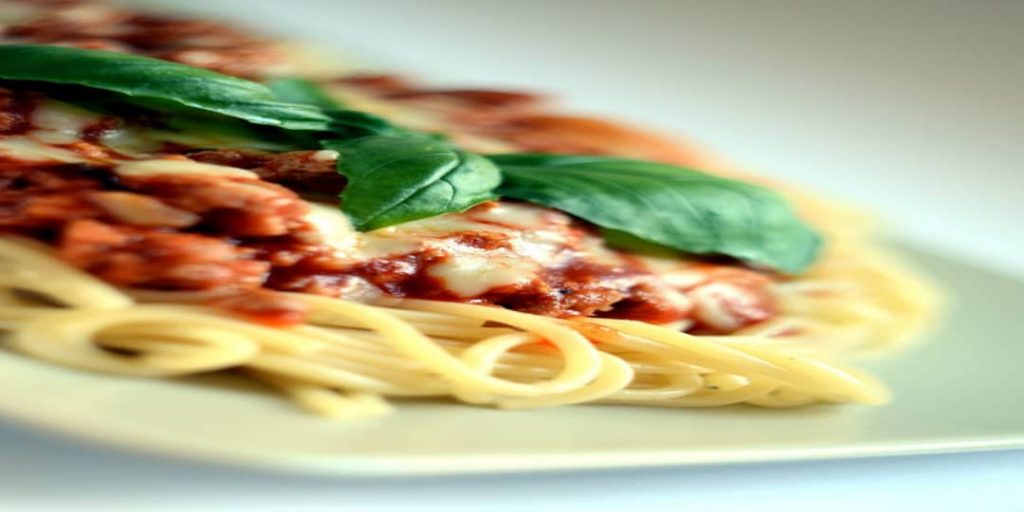Table of Contents
Bolognese and Spaghetti: two beloved culinary creations that often find themselves on the same menu, yet each offering a distinct taste and texture experience. For pasta enthusiasts and food lovers alike, understanding the nuances between Bolognese and Spaghetti is a delightful journey into the world of Italian cuisine. Let’s unravel the mysteries and explore the key differences that set these two dishes apart.
1. Bolognese: The Hearty Meat Sauce

Origins and Tradition:
Bolognese, or “Ragù alla Bolognese” in Italian, originates from the city of Bologna in the Emilia-Romagna region of Italy. This rich and savory meat sauce is a culinary masterpiece with a history dating back centuries.
Ingredients and Preparation:
- Meat Blend: The heart of Bolognese sauce lies in its meaty richness. A traditional Bolognese sauce often features a blend of ground meats, such as beef, veal, and pork. This combination creates a depth of flavor that is both hearty and satisfying.
- Aromatics: Finely chopped onions, celery, and carrots, known as a “soffritto,” form the aromatic base of the sauce. Slowly sautéed until golden and fragrant, these vegetables add sweetness and complexity.
- Tomatoes: While tomatoes are used in Bolognese sauce, they are not the predominant ingredient. A small amount of tomato paste or crushed tomatoes provides a subtle acidity and depth of flavor without overwhelming the meat.
- Slow Simmering: True to its Italian roots, Bolognese sauce is simmered low and slow for hours. This allows the flavors to meld together, creating a rich, thick sauce that clings perfectly to pasta.
Rice : what is the healthiest type of rice Best For…
Serving:

- Bolognese sauce is typically served with a wider pasta, such as tagliatelle or pappardelle. These broad, ribbon-like noodles provide a perfect canvas for the meaty sauce to coat and cling to.
2. Spaghetti: The Classic Pasta Staple
Origins and Popularity:
Spaghetti, perhaps the most iconic of all pasta shapes, has its roots in Southern Italy. This long, thin pasta has become a staple in Italian cuisine and is loved for its versatility.
Rice :which vitamin is present in rice? 2024 Must Know
Ingredients and Preparation:
- Durum Wheat Semolina: Authentic spaghetti is made from durum wheat semolina, giving it a firm texture and a slightly nutty flavor.
- Boiling Technique: Spaghetti is boiled in a pot of salted water until it reaches a perfect al dente texture—tender yet firm to the bite.
- Sauce Variety: Spaghetti pairs beautifully with a wide range of sauces, from simple garlic and olive oil to marinara and seafood sauces.
Rice : what are the Best benefits of rice in 2024
Serving:
- Spaghetti is often served with lighter sauces that coat the strands evenly. Its long shape makes it ideal for twirling onto a fork and savoring each bite.
Key Differences: Unveiling the Distinctions
1. Sauce Consistency:
- Bolognese: The sauce is thick, hearty, and meat-centric. It clings to the wider, ribbon-like pasta, ensuring each bite is packed with flavor.
- Spaghetti: Spaghetti is often paired with lighter, more delicate sauces. The sauce coats the long strands evenly, allowing the pasta to shine through.
Is Chicken Shawarma Just Chicken? Best 2024 Answer
2. Pasta Shape:
- Bolognese: Served with wider pasta varieties such as tagliatelle or pappardelle, which have a broader surface area to hold the robust sauce.
- Spaghetti: The classic long, thin pasta shape that is ideal for twirling and capturing lighter sauces.
3. Flavor Profile:
- Bolognese: Rich, meaty, and savory, with layers of flavor from the slow-cooked meats, aromatic vegetables, and subtle tomato accents.
- Spaghetti: Versatile and adaptable, with a neutral flavor that pairs well with a variety of sauces, from simple olive oil and garlic to fresh tomato and herbs.
4. Regional Variations:
- Bolognese: Rooted in the culinary traditions of Northern Italy, particularly the city of Bologna.
- Spaghetti: A staple of Southern Italian cuisine, with regional variations in sauces and ingredients.
A Culinary Exploration

In the delightful world of Italian cuisine, Bolognese and Spaghetti stand as timeless classics, each offering a unique taste of Italy’s diverse culinary landscape. Whether you’re craving the hearty richness of Bolognese sauce draped over wide ribbons of pasta or the simple elegance of twirling al dente spaghetti with a light, flavorful sauce, there’s a pasta dish to suit every palate.
So, the next time you find yourself pondering the differences between Bolognese and Spaghetti, remember the rich history, diverse flavors, and regional nuances that make each dish a culinary treasure. Whether you’re a fan of hearty meat sauces or prefer the simplicity of classic pasta dishes, embrace the delicious journey of exploring these Italian favorites.
For more culinary insights, delectable recipes, and inspiration to elevate your cooking adventures, visit fudz.com.ng Dive into the world of pasta perfection and discover the art of Italian cuisine at its finest. Buon appetito!
In conclusion, as we conclude our exploration into the nuanced world of spaghetti and its many variations in 2024, we find ourselves celebrating the diverse array of options available to pasta lovers around the globe. While spaghetti may seem like a simple dish at first glance, the differences between various types of spaghetti noodles are nuanced and can greatly impact the overall dining experience.
One of the primary distinctions between spaghetti varieties lies in the composition of the pasta itself. Traditional spaghetti is typically made from durum wheat semolina, giving it a firm texture and the ability to hold up well to hearty sauces like Bolognese. However, modern innovations in pasta production have led to the development of alternative spaghetti options, including whole wheat, gluten-free, and legume-based varieties, each offering unique nutritional benefits and flavor profiles.
Beyond the composition of the pasta, variations in thickness, shape, and texture can also influence the dining experience. While traditional spaghetti is long, thin, and round, there are also thicker varieties like spaghetti alla chitarra and spaghettoni, as well as specialty shapes like spaghetti alla ceppo and spaghetti alla ruota, each offering a distinct mouthfeel and visual appeal.
Moreover, regional differences in pasta-making traditions further contribute to the diversity of spaghetti offerings around the world. From the artisanal pasta workshops of Italy to the bustling noodle stalls of Asia, each culture brings its own unique spin to the art of spaghetti-making, resulting in a rich tapestry of flavors, textures, and culinary traditions.
In our quest to understand the differences between spaghetti varieties in 2024, we’ve embarked on a flavorful journey through the annals of pasta history, exploring the nuances that make each type of spaghetti special. Whether you prefer classic spaghetti with Bolognese sauce or enjoy experimenting with new and innovative pasta options, there’s a world of culinary delights waiting to be discovered.
As we bid farewell to our exploration of spaghetti diversity, let us carry forward a newfound appreciation for the rich tapestry of pasta offerings available in 2024 and beyond. Whether you’re savoring a traditional Italian dish or embracing global culinary influences, may each bite of spaghetti be a celebration of flavor, tradition, and the joy of culinary exploration. Here’s to a future filled with endless pasta possibilities and the delicious journey that awaits us all.























